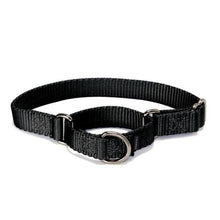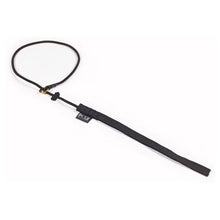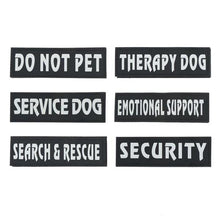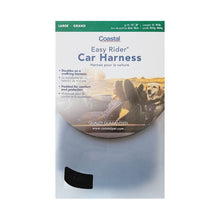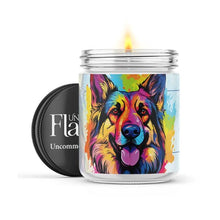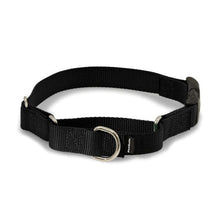How To Keep Your Dog From Running Off
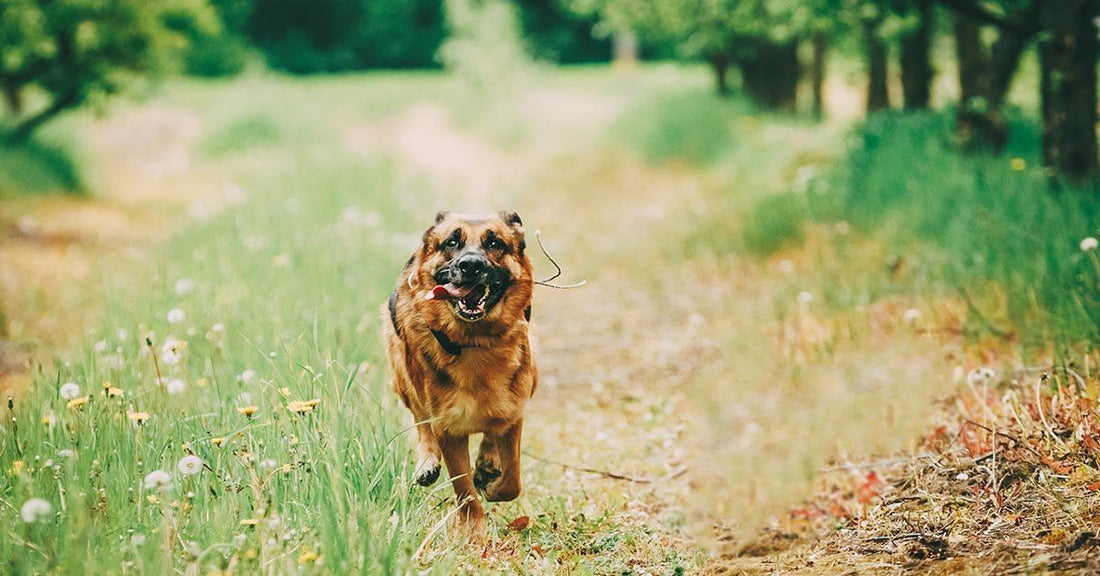
One of the most asked questions we get is "How do I stop my dog from running off?" In this article we'll answer why dogs run off, how to prevent it and how to make sure that if the worst happens, you can still find your dog.
Why Do Dogs Run Off?
There are a lot of possible reasons that can cause a dog to choose to run off. Some common ones will be listed.
1: Prey Drive: Prey drive is the drive to chase and catch prey. If your dog sees something that entices his or her prey drive, it is only natural for them to want to chase it. These things can include cats, squirrels, other dogs, a ball, a car, a bike etc.
2: Fear: Fear is another big reason dogs run off. More people lose their dogs on the 4th of July than any other day because of this reason. Dogs who are frightened by the loud noises that fireworks make often bolt in a panic. There have been documented cases of dogs jumping through closed windows and even chewing their way through doors to escape because they're so afraid.
3: Why Not?: Some dogs are simply bored and following their noses or just going wherever the breeze takes them. Another random boring location is better than the boring location you know. Ask anyone who grew up in a small town that used to drive to nearby small towns just to see what might be going on there!
Prevention
How can one effectively prevent their dog from running off? There are several methods ranging from common sense, to training that may take weeks or months to keep your dog by your side. Let's take a look at those now.
1: Training A Solid Recall: Training is definitely #1 on this list. No matter what happens, if you're present and your dog has a solid recall, your dog will come to you when called. Almost everyone's dog comes when called though, right? Not true! Most dogs will come in the house. Most dogs will come in the yard. A lot of dogs will even come off leash. But that doesn't mean your dog has a solid recall. A solid recall means that your dog comes when called even when it doesn't want to. You will never be as much fun as chasing a squirrel and you'll never be more interesting than a new dog to play with. Your job in teaching a solid recall is to teach your dog that coming when called isn't an option. It's not a request. It's something that must be done no matter what. The recall is the command you should take the most serious and be the strictest about. It is the 1 command that can save your dog's life in an emergency.
2: Leash: #2 on the list is a complicated piece of brand-new technology called: the leash! Common sense, we know. But leashes are cheap, almost everyone has one and as long as it is in your hand and the other end is attached to a quality, well-fitting collar, there is little chance that your dog will escape. That said, don't forget Murphy's Law. Anything that can happen, will happen. Leashes and collars, even those of high quality, can break. A strong dog may yank the leash out of your hand. Your dog may Houdini its way out of its collar. That's why training a solid recall is still #1.
3: Building A Fence: Many of you already have a fence. Some of you may be contemplating building one. Fences, while expensive if you have to construct one yourself, are an excellent solution. But there's one tiny problem: most contractors don't build purpose-built fences that are designed to keep your dogs inside.
Athletic dogs can jump fences. I've seen dogs effortlessly clear 5-foot fences.
Escape artists can climb. I boarded a dog who promptly scaled a roofless kennel by climbing out using the corner for leverage like a ladder ... in front of the client and myself in a matter of seconds before they even had a chance to wave goodbye to their dog. Needless to say, I had a new house guest for a few days. No kennels for her.
Dogs are excellent diggers. Dogs are den animals and thus it benefits them to be able to dig. Dogs also dig prey out of their holes. In fact, there is a whole dog group dedicated to such dogs: the terrier group. Because dogs are so well equipped to dig, any dog can easily dig under a fence in less than an hour if highly motivated to do so.
Accidents happen. Did you close and latch that gate? Are you sure? Accidents can happen. Some clever dogs can unlatch gates. I've learned that the hard way as well.
So how exactly do you keep a dog inside of a fence? Great question! Start by using a lock. I've yet to meet a dog who could pick a nice, high quality padlock. Secondly, concrete is your friend. Using concrete around the border of your fence prevents dogs from digging out. You can also use brick and mortar or sink bricks or concrete under the ground along the perimeter of the fence. Wire is also a good friend. Burying a coated wire that doesn't rust easily around the perimeter can also ruin your dog's dreams of escaping.
Higher is better. A 5-foot fence is good. A 6-foot fence is better. 7-foot fence? You guessed it, even better. If you can swing it, why not a 10-foot fence? The higher the fence, the lower the chance your dog will be able to climb or jump it.
4: GPS Trackers: There are dozens of GPS trackers that can fit on your dog's collar and there are many collars with GPS devices built in. Make sure they're charged before leaving the house with your dog or letting your dog outside. Most come with apps that you can download to your phone. If you lose your dog, just go to the app and they'll help you locate your dog in the unfortunate event that your dog does indeed manage to run off.
5: Microchipping: Microchipping is safe and effective. If someone finds your dog and takes it to a veterinarian or animal shelter, it will be scanned for a microchip that is registered to you and includes your name, address and telephone number. Having your dog microchipped increases your chances of reuniting with your dog exponentially.
6: Dog Tags: The last one on the list is old school. The good old dog tag attached to your dog's collar. You can have them engraved with your name, number and address, as well as your dog's name and even emergency medical warnings about potential medications your dog needs. They may be old technology, but they still work just fine. Combine tags with a GPS device and a microchip in case your dog slips out of its collar and your bases are covered. You've increased the chances that you and your dog will be reunited several times over.
Nothing is guaranteed, but if you do these things, you can sleep comfortably knowing that you've done everything in your power to protect your pets.






